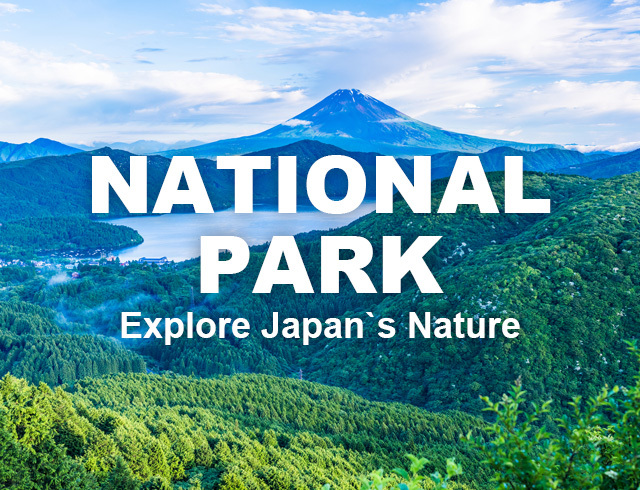

The name Hakone derives from the shape of the outer rim of the crater that looks box-like (hako). Inside the box, however, there is a beautiful lake, many mountains and rivers, and what was once called Hakone Nanayu (seven hot springs) with its hot springs, namely; Yumoto, Tonosawa, Dogashima, Miyanoshita, Sokokura, Kiga, and Ashinoyu. At the present time, there are more than 17 hot springs. Moreover, Hakone is blessed with abundant resources and an excellent natural environment.
From Hakone’s 17 hot springs, 25,000 tons of hot spring water gushes per day. This represents the fifth-largest quantity in the whole of Japan. Moreover, the composition of water comprises some 20 different kinds, including alkaline simple hot springs, salt springs (sodium chloride), and gypsum springs (calcium-sulfate), varying in a grade of quality, and can be likened to a department store building from the basement upwards to the 4th floor.
“Acid sulfate spring” on the 4th floor would be the highest grade, in descending order of merit as “Dichromate sulfate spring” is on the 3rd floor, “Chloride spring” is on the 2nd floor, and “Chloride phosphate sulfate spring (mixed type)” is on the 1st and basement floors.
And now, at the present time, hot springs are being excavated at a much deeper level going in the direction of Gairinzan. The Hakone area has long since been developed as a resort of a hot spring combination, as well as being a place of Japanese tourism. In fact, Hakone has played a prominent role in having such rich resources. It is fact that Hakone has a suitable range, and the highest number of accommodation- types, in its total room capacity, and especially, in having the largest number of guests who visit such facilities.